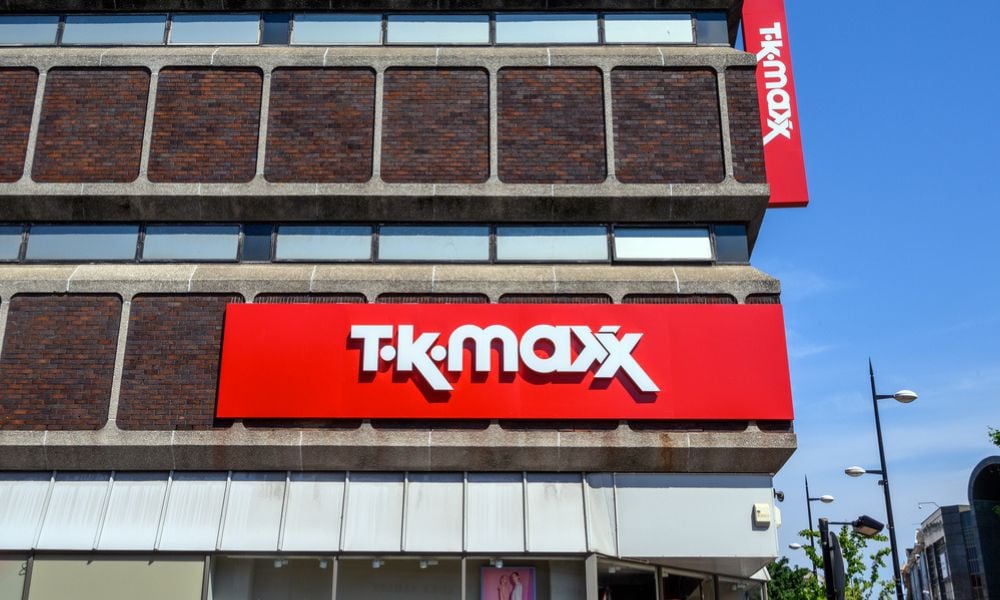Q. Is it possible to fully engage employees and if so, how is this best done?
Q. Is it possible to fully engage employees and if so, how is this best done?
The short answer to this question is yes, definitely. In fact, in a typical Australian workplace around 20 per cent of staff are already highly engaged. The more difficult question is; what can you do about the 80 per cent of employees who are disengaged?
The classroom test
An excellent way to appreciate this issue is to compare the typical workplace to a school classroom with 20 students. In this scenario only five students would be fully paying attention to their teacher, caring passionately about their study and using their after school time to improve their studies. These students are fully engaged.
Ten students would be in class but not paying full attention. They would be staring out the window, not listening or doodling. When class is over these students would spend little if any time trying to improve their work and would not be saying positive things about the school. These students are disengaged. Lastly there would be around five students who were either skipping class or being totally disruptive. These students are actively disengaged.
So what do teachers do to keep their students engaged? They put huge effort into setting learning themes, behavioural standards and making learning fun and interesting. They also constantly recognise students’ efforts privately and in front of their peers. They celebrate and reward their students’ achievements with small, consistent and tangible rewards such as stamps, award certificates, toys or free time. Lastly they benchmark performance with tests and set targets and incentives for each student to improve their individual performance and learning.
These are all techniques which HR practitioners can use to great effect to improve employee engagement. We are all bigger and older now, but we all still respond to these same techniques. We may no longer get excited by a smiley stamp, but most of us will get excited by a staff award, particularly if it comes with a relevant reward.
The challenge for HR practitioners is that more often than not they are not dealing with a single classroom of 20 students. They are trying to engage a workforce of hundreds or thousands of employees across multiple work sites and positions.
Reward and recognition
To overcome this issue, HR practitioners should underpin effective techniques with a modern reward and recognition system. Such systems enable the best techniques to be rolled out consistently and fairly across an entire workforce.
With an effective reward and recognition program in place HR practitioners can put the best engagement techniques right into the hands of every single manager. They can monitor how engagement tools are being used and measure results in real time. The results speak for themselves.
Watson Wyatt studies have found that employees with the highest level of engagement perform 20 per cent better and are 87 per cent less likely to leave an organisation. Also, high-commitment organisations (one with loyal and dedicated employees) out- performed those with low commitment by 47 per cent in 2000 and by 200 per cent in 2002.
So if you are ever in doubt about how to better engage a workforce, it sometimes pays to go back to the basics you learn in school.
Understanding the ABCs of employee engagement
A Think of your workplace like a school room to understand who is and is not fully engaged
B Set themes, behavioural standards and goals (vision, mission and values) to keep staff focused
C Make the workplace a fun and exciting place to be
D Consistently recognise employees’ efforts and achievements both in public and directly
E Celebrate effort and achievement with frequent, tangible and relevant rewards
F Use a reward and recognition program to make rewarding and recognising consistent, fair and to put the best techniques into the hands of all managers.
Ben Thompson, CEO, Power2Motivate - Part of The EI Group








